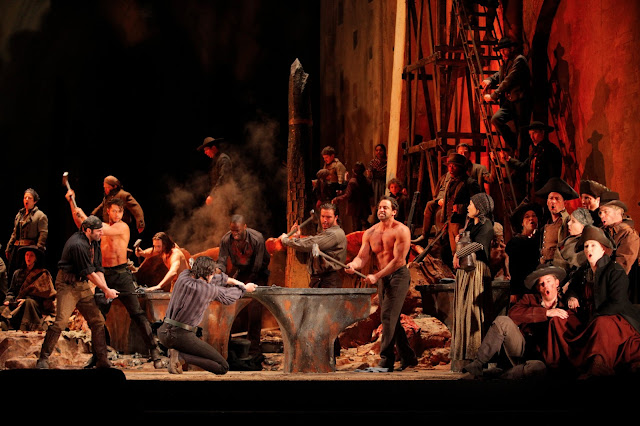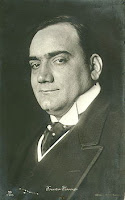This was my first time hearing the famous Anvil Chorus which was riveting. I did have a question about it though. Are the anvil guys onstage professional percussionists? As if they missed a beat the effect would be disastrous. Are they choristers? I was too wrapped up in the music to tell if they were actually singing or not. Regardless it was amazingly exciting, as was most of the performance.
Related Articles:
You, In This Tomb?: Aida at the Metropolitan Opera
Twiddling Dials and Bulging Biceps: The Metropolitan Opera Renovations
Corn, Porn and Oprah: Sex in the Heartland
13 General Misconceptions About Opera (and Life) Growing Up with Opera Singers
Zoot Suits, Broadswords and Benny Hill: Ballo at the Metropolitan Opera







“Opera” said a well-known tenor, recently “is where the tenor and soprano want to make love, but are prevented from doing so by the baritone”.
Apt, eh!
Wondering how you knew those horrible people were out-of-towners? Did their tux’s not quite fit? Tourists really are the most vile creatures, I have to agree.
As for the Mr. Berti only singing in one act of Tosca of MET opening night, that is because opening night is a gala (i.e. hodge podge) of scenes and pieces from various operas. Try Googling, “MET opening night 2005.” The answer is right there. It’s really not that complicated…unless you are from out of town.